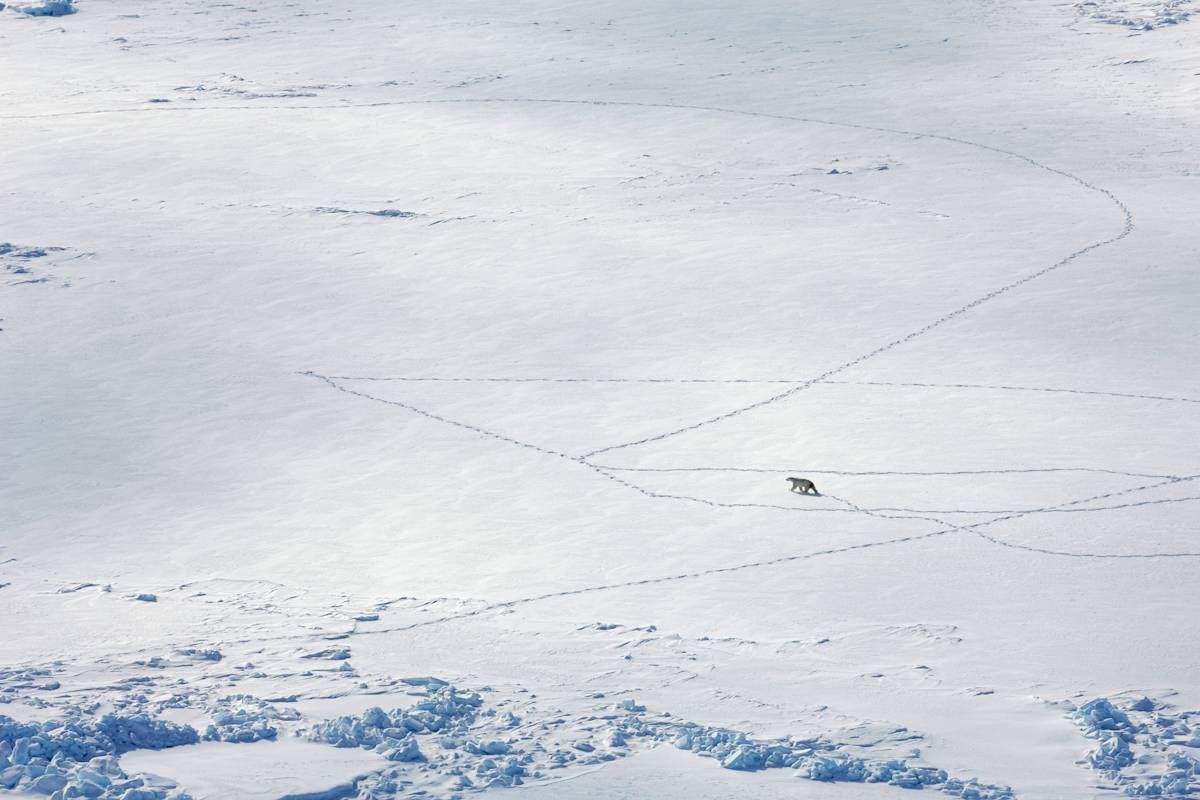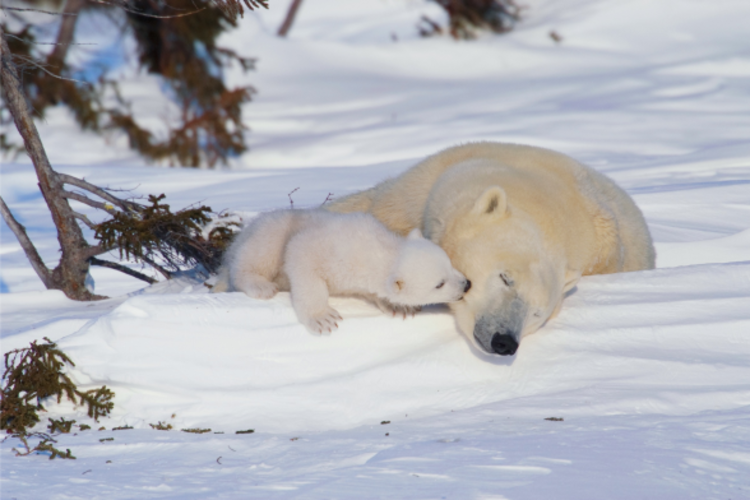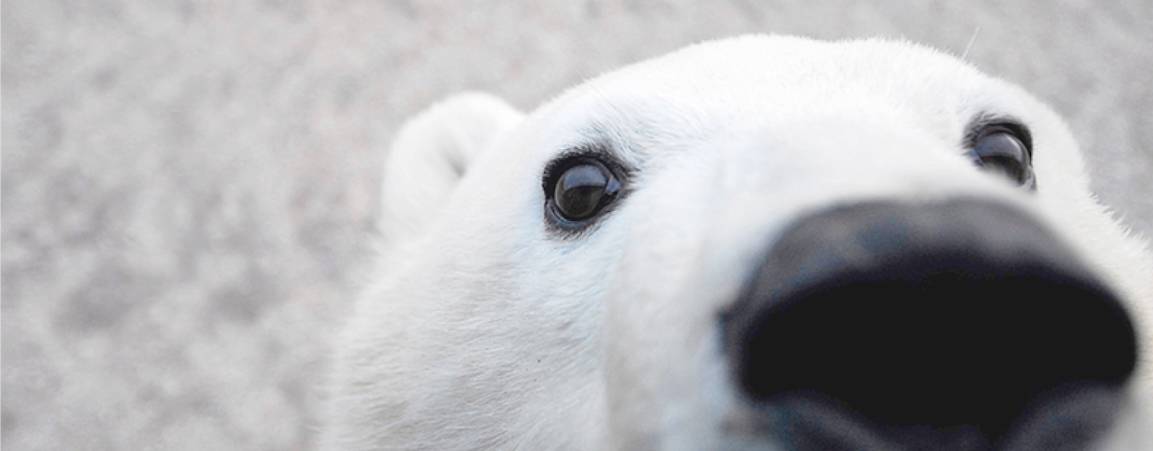In February I was fortunate to travel north to Alaska—land of long winter nights, deep cold, and heavy snowfalls ... or it used to be. While the long nights remain the same in winter, when I landed in Anchorage temperatures were well above freezing, it was raining, and the city had virtually no snow.
While the eastern seaboard of the U.S. and Canada was getting hammered with low temperatures and snowstorm upon snowstorm, Alaska was in a relative heat wave, as was most of the West. The famed Iditarod sled dog race was rerouted to Fairbanks, the lesser-known but regionally popular Fur Rondy sprint races were cancelled, and my local friends and colleagues were depressed. People who live in the north generally look forward to snow and cooler temperatures to access remote land and to recreate. Lack of snow and above freezing temperatures means you get the darkness, without that access—making snow lovers unhappy.
I was in Anchorage for a meeting of the U.S. Polar Bear Recovery Team, a diverse group of experts convened by the U.S. Fish and Wildlife Service to develop the U.S. plan for polar bear conservation. The team includes representatives from federal agencies, the State of Alaska, the North Slope Borough, Alaska Native organizations, industry, nonprofit organizations, and the Canadian Wildlife Service. Members have expertise in polar bear biology, climate science, law, policy, communications, and traditional and contemporary indigenous ecological knowledge.
The Polar Bear Recovery Team is tasked with drafting the Polar Bear Conservation Management Plan, which will address requirements of both the Endangered Species Act and the Marine Mammal Protection Act. In addition, the plan will serve as the U.S. contribution to the Circumpolar Conservation Action Plan being developed by the five polar bear range states (United States, Canada, Denmark, Norway, and the Russian Federation) under the 1973 Agreement on the Conservation of Polar Bears.
The required U.S. plan, when finalized, will guide activities for polar bear conservation in response to the 2008 listing of the polar bear as a threatened species due to the ongoing loss of sea ice habitat from global climate change.
The PBRT is comprised of several working groups that have been diligently wading through legal, policy, and new scientific analyses to develop a plan. The polar bear is a truly unique case, and in many ways a first for this process, as it currently occurs in relatively large numbers and across most of its historic range.
For polar bears, the primary and anticipated threat lies in the future as they lose more of their habitat in a warming Arctic. This creates a maze of challenging and interesting science, legal, and policy questions that the PBRT has had to grapple with as we ponder "What did Congress intend?" on a number of points along the way. It has truly been a lesson in collaborative learning and knowledge generation. The plan should be available for public comment sometime this spring.
The USFWS will issue a public announcement when the comment period opens on the draft polar bear conservation management plan. We'll share the news and will keep you posted!

















